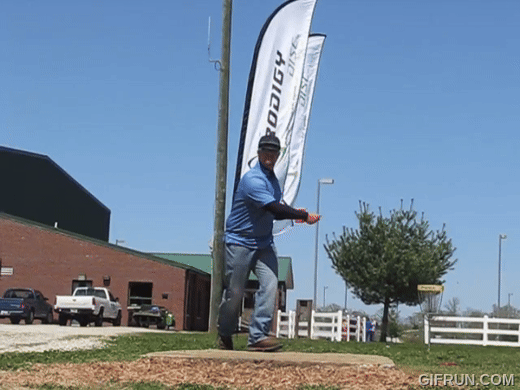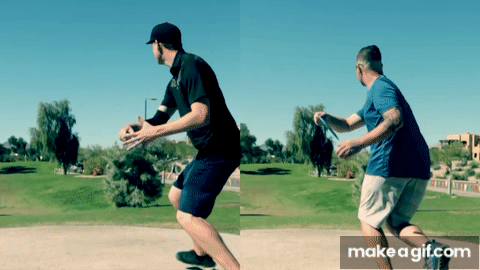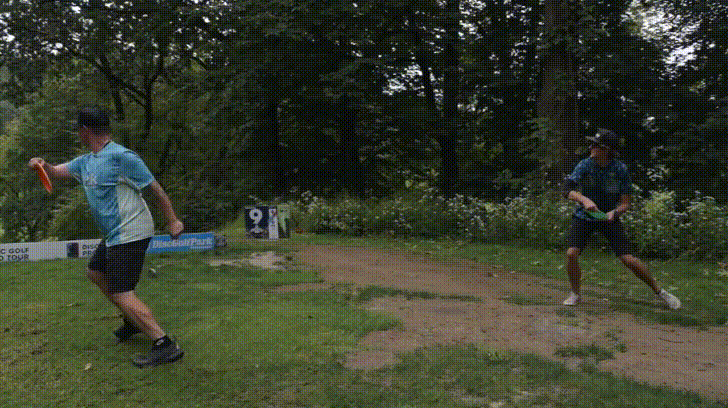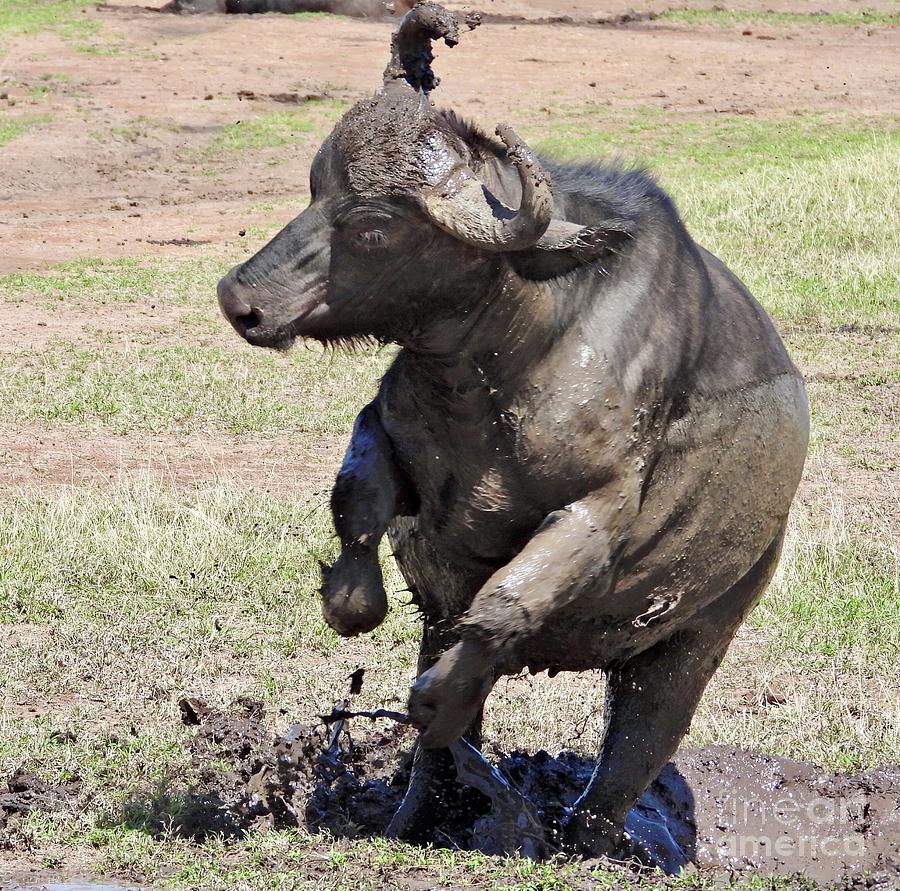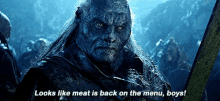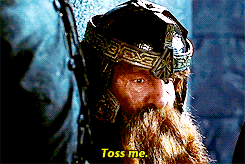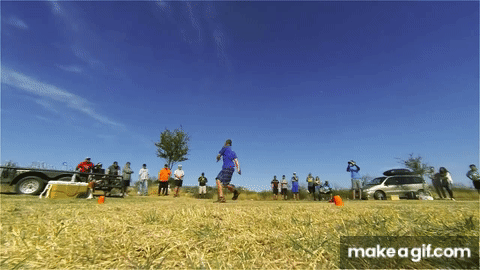To my way of learning, there is some gestalt where I'm trying to arrive, so too much focus on the parts can get in the way. There was something big missing, I knew, that had to do with pace. I'm not pushing this guys videos, not criticizing in any way, but mention because it helped me make a fundamental change regarding compression and pause and weight shift timing.
Something about this lets me focus on balance and getting the coil loaded over the drive leg, and the toe of the brace is like what? Very light, like the leg of a tripod that is only supporting a little of the weight—before the shift and throw.
I think if I've learned anything, people learn good things in various ways from various people. I have benefitted from exaggerations or phrases or motions from other people even if I've moved on to other things myself.
Since I have developed a persona of being a "form academic" at this point, I just want to point out that Treb & Sidewinder have actually at least two opposite concepts when talking about this Treb video specifically. I'll always continue to add disclaimers like "FWIW, IMHO, my half penny" etc. since I'm after all just one other person on the internet.
1. Treb tends to think the rear leg is an axis of rotation, wereas Sidewinder thinks it is the front.
2. Treb tends to (in this video) think the front leg should be a "long leg" and rear leg should be a "short leg," SW points out in many cases in advanced movement the move over the rear leg is actually quite long either horizontally or vertically (or in between, and also West-East), and the plant stride is relatively short and "stacks" the axis of rotation more over the front leg (which is more dynamic than that as we've talked about around here).
Other notable differences in that Treb talks about containment, whereas SW tends to talk about stop of trajectoryward momentum. The latter is also consistent with how Merela tends to talk about it. Josh, Taylor, and so on tend to use stop concepts. Relatively few people use balance and CoM concepts like Sidewinder does. I have spoken with coaches who say they don't know what those concepts mean or why they are relevant to coaching (which are potentially two different things), so that also gives a sense for the "in the wild" differences in emphasis, opinions, and conceptualizations.
It helped me to watch for this explicitly in advanced form for how pros hide "sneaky long" moves over the rear leg relative to shorter and more abrupt strides into the plant leg. If you take a slightly different perspective on the same problem, the stride width can appear very similar, but the motion of the CoM toward the target is much bigger toward the target over the rear leg, whereas the forward momentum is mostly stopped and imaginary CoM swings around the plant leg (precession). The West-East motion of the body relative to the legs in transition in the X-step is a major clue as to how the move works.
Watching in multiple views can help you see how the "length" of the X-step stride/rear leg is not just down the tee because it involves motion in vertical, horizontal, and West-East axes in advanced movement.
Exaggerating different parts at different times in different people is part of the coaching game, which is part of why confusion ensues.
Exercise: How "long" is each stride?
Exercise: Does perception changed when you can see more of the West-East part of the motion from rear view?
Exercise: what about head-on?
 www.dgcoursereview.com
www.dgcoursereview.com
 www.dgcoursereview.com
www.dgcoursereview.com


